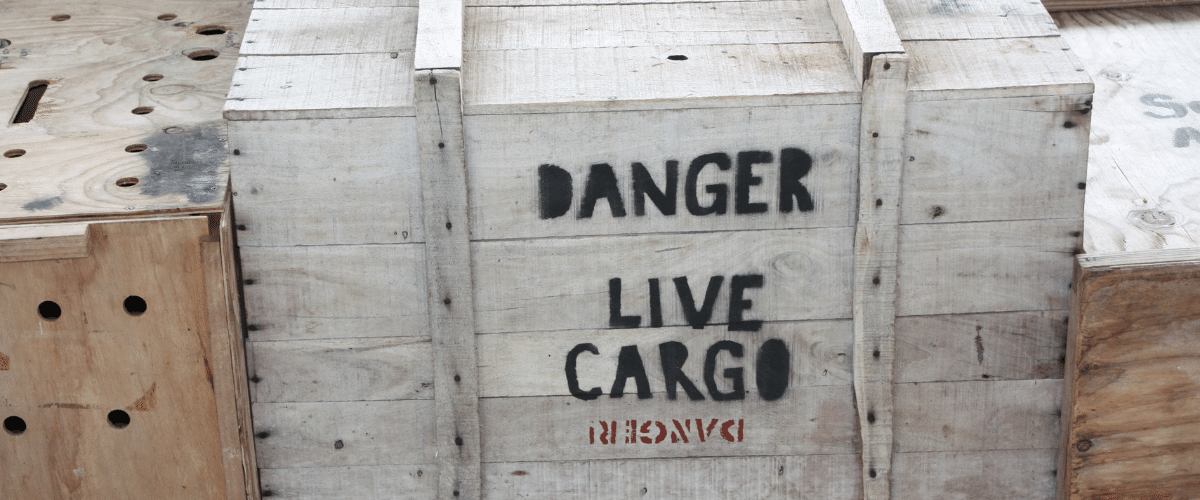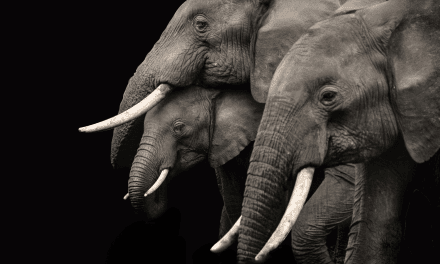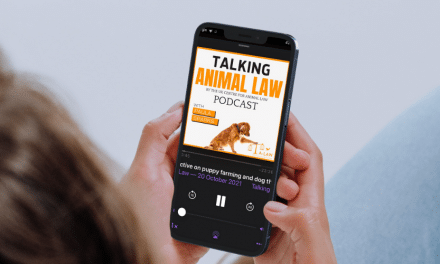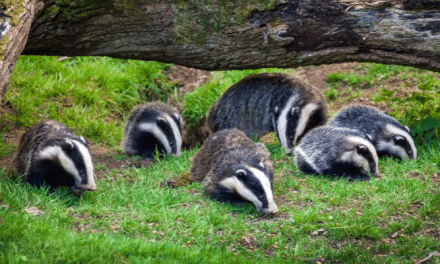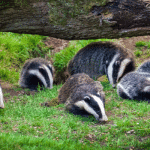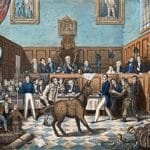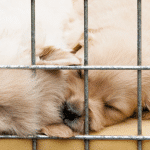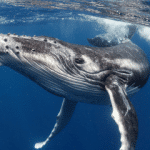Review by Paula Sparks
‘This edited collection brings together internationally renowned scholars to explore green criminology through the interdisciplinary lenses of power, harm and justice.’[1]
A book you might expect to find on the shelves of environmental campaigners, but this collection of essays should not be overlooked by those interested in animals and society. In particular, a substantial part of the book shines a light on illegal wildlife trade and trafficking. The magnitude of the illegal wildlife trade is brought into focus by Wyatt’s[2] deconstruction of the work of the Heathrow Animal Reception Centre (HARC). The Centre is no small scale operation. Wyatt relays that in 2010 185 million animals came through HARC and from her description of the Centre’s caseload, the type of animals handled, the need to grapple with consignments of legal and illegally imported animals and welfare seizures, a picture starts to emerge of the realities of the trade in wild animals. What is refreshing about Wyatt’s approach is that concern about the individual animal, rather than the species as a group, is at the heart of the discussion, including discussion about issues such as an owner’s rights over nonhuman animals, animal rights and species justice. She discusses these issues in the context of HARC’s role in reducing animal suffering through its powers of intervention to ensure animal well-being and act upon violations of welfare standards.
The chapter authored by Sollund[3] also provides insight into illegal wildlife tracking, which she illustrates by drilling down into the trade of reptiles and birds in Norway. Through this analysis she raises important issues about the underlying approach in CITES Convention (Convention on International Trade in Endangered Species of Wild Flora and Fauna), the ethics of taking animals from the wild for scientific studies and the very real problems of detecting illegal importation and then ensuring that the consequences for those caught are prohibitive (which in this case study they clearly are not). The focus of the chapter is species justice, which Sollund explains is seeing harm ‘in relation to the place that nonhuman species have in their environments and their intrinsic right not to suffer from abuse…’
Another thought provoking chapter is Nurse’s[4] ‘Perspectives on Criminality in Wildlife.’ Nurse also acknowledges the power imbalance inherent in wildlife crime. He advocates identifying the different motivations behind wildlife crime in order to adopt the most appropriate public policy to reduce offending, including through the criminal justice system, sentencing policy and prevention and rehabilitation strategies. Most interesting in his critique of offender models is his identification of ‘Masculinities Criminals’ whose motivation is related to masculinity, assertion of power and thrill seeking behaviour.
The examination of issues through the prism of power and harm in this book is both refreshing and necessary. The contributors are to be commended for including within this discourse the concept of species justice. The focus upon the individual animal as victim is a departure from an environmental approach towards wildlife, which is often concerned with conservation and species survival, rather than injustices towards individual members of a species.
[1] https://www.palgrave.com/gp/book/9781137273987#aboutBook
[2] Tanya Wyatt is Professor of Criminology, Northumbria University
[3] Ragnhild Sollund is Professor in Criminology at the Department of Criminology and Sociology of Law, University of Oslo.
[4] Angus Nurse is Associate Professor of Environmental Justice at Middlesex University School of Law where he teaches and researches Criminology and Law.

